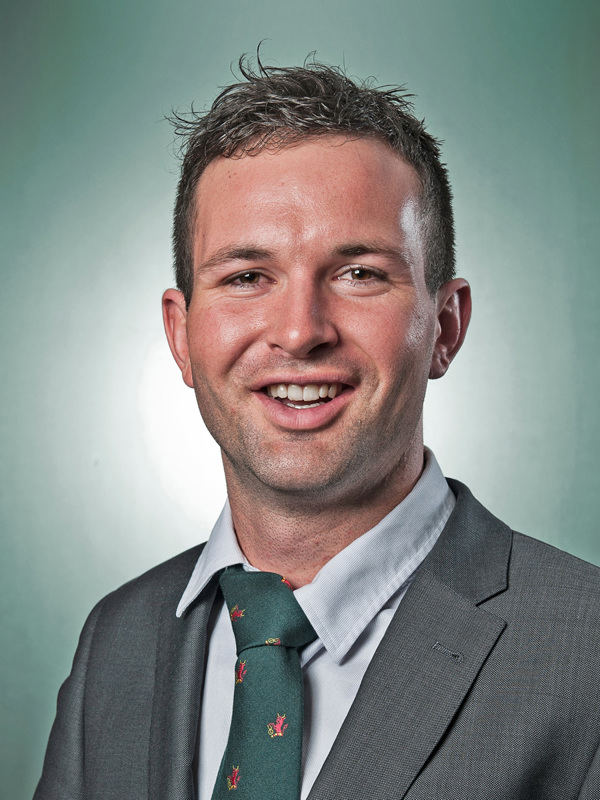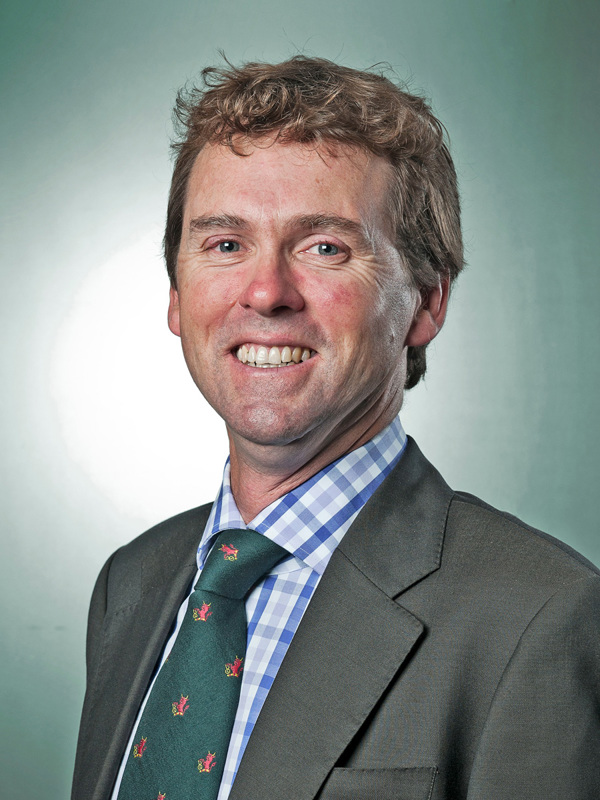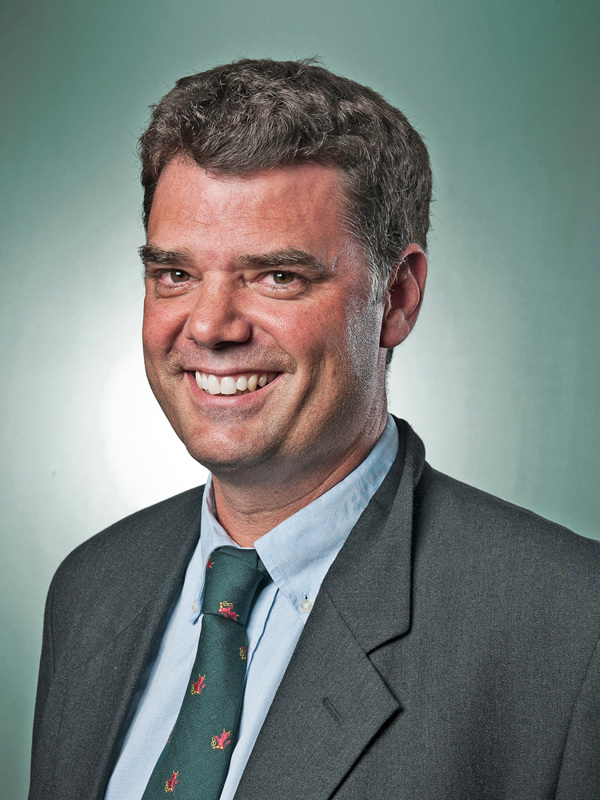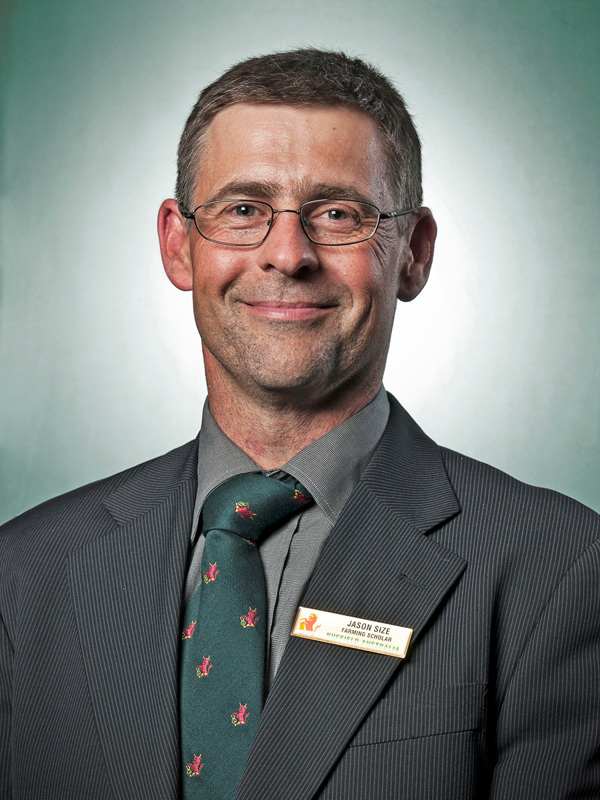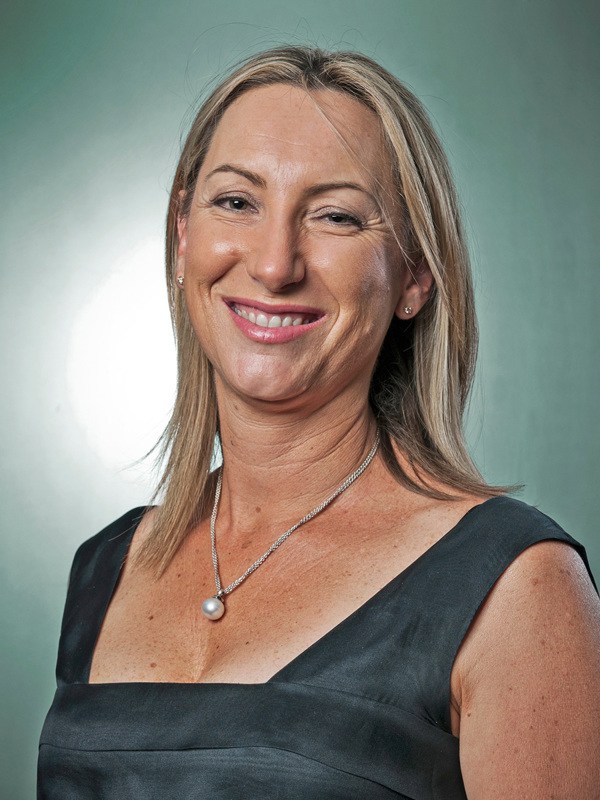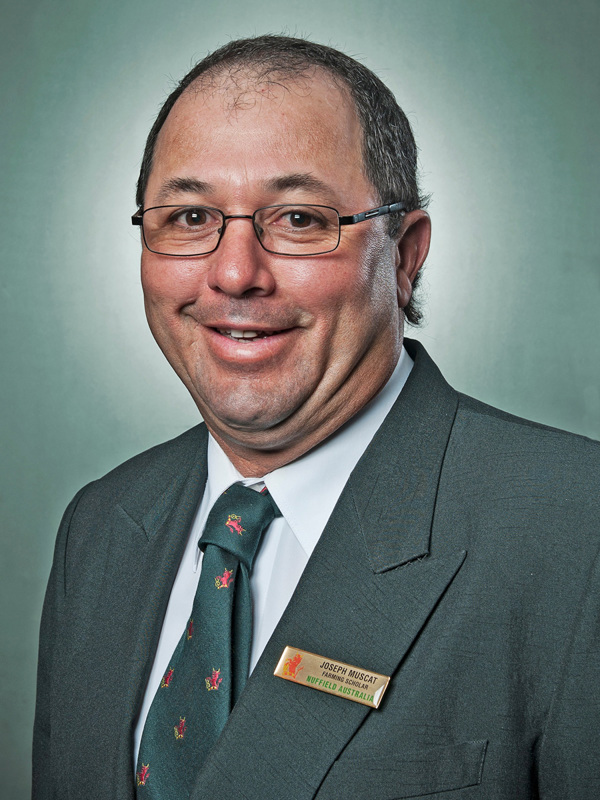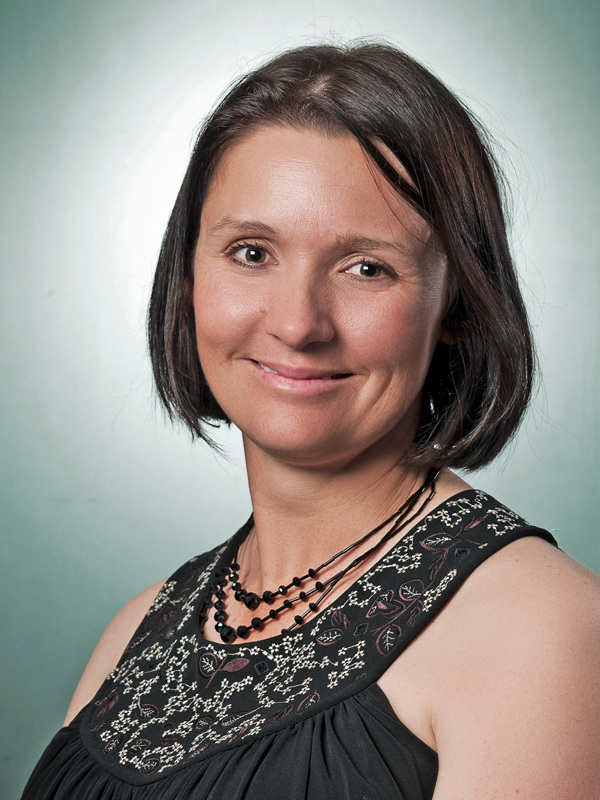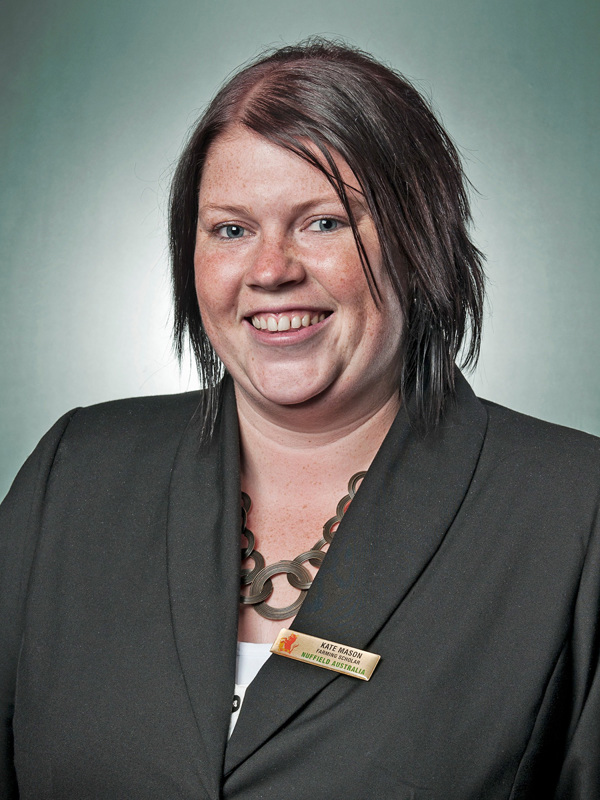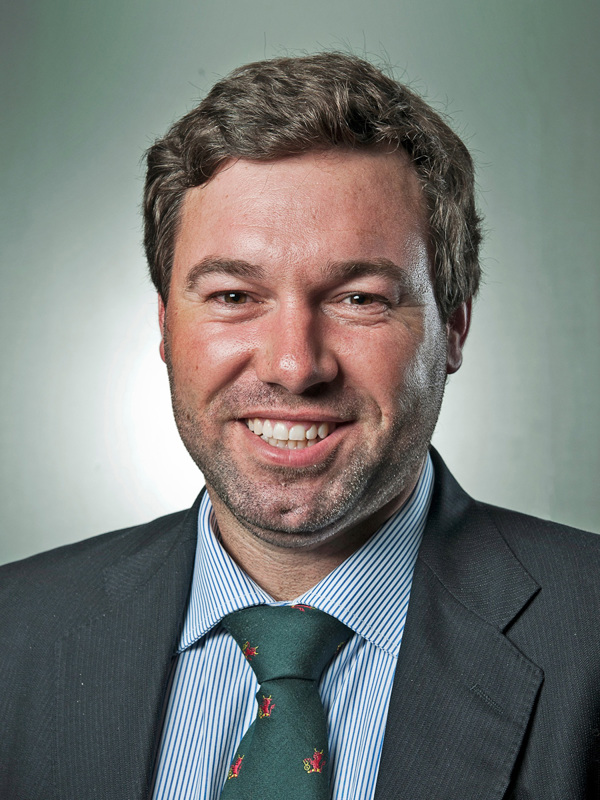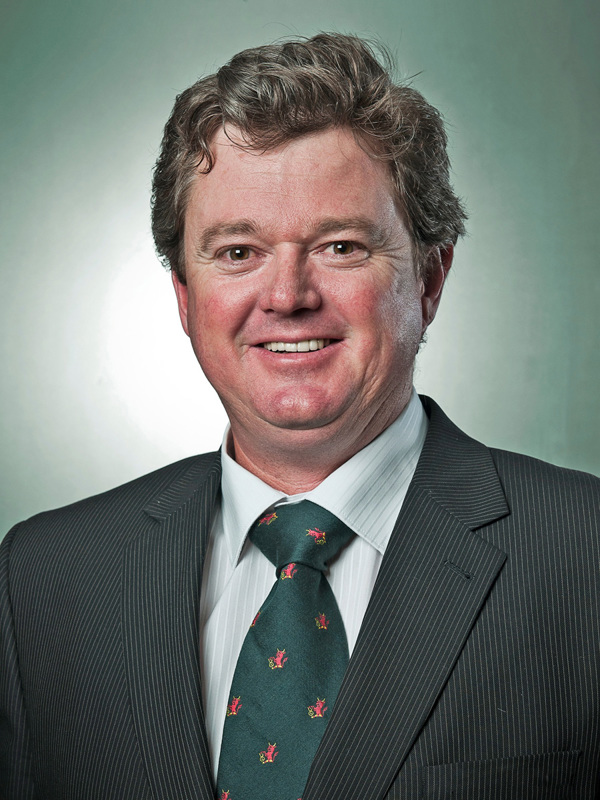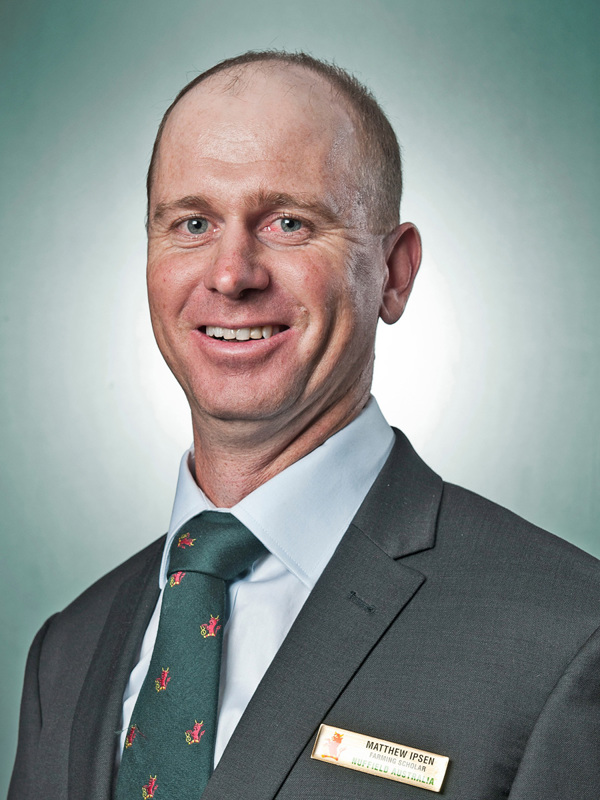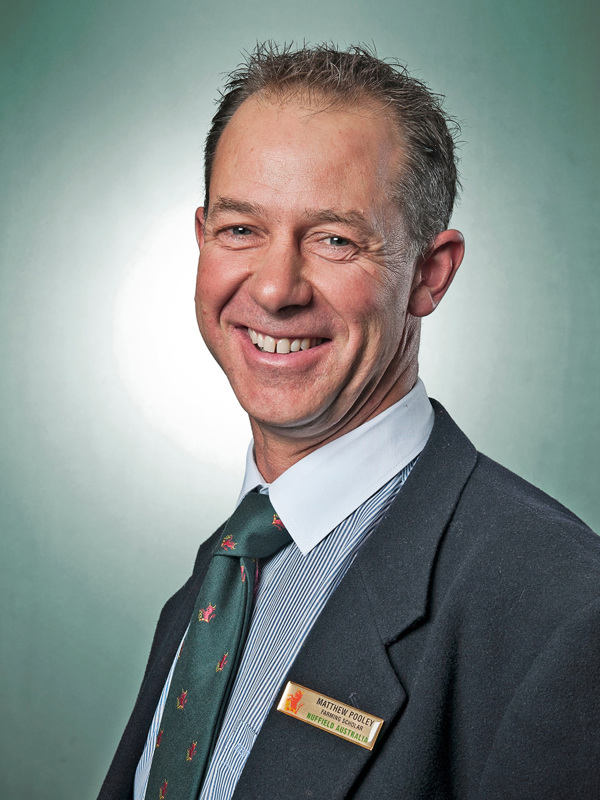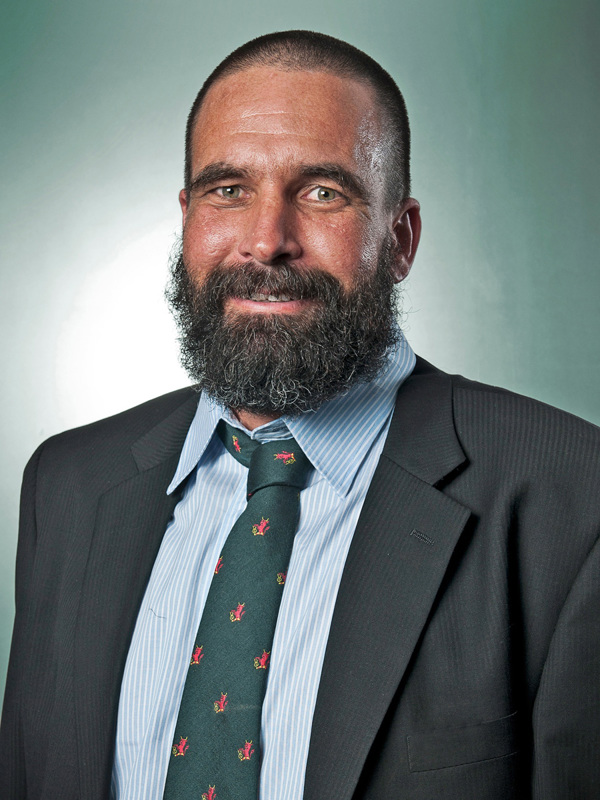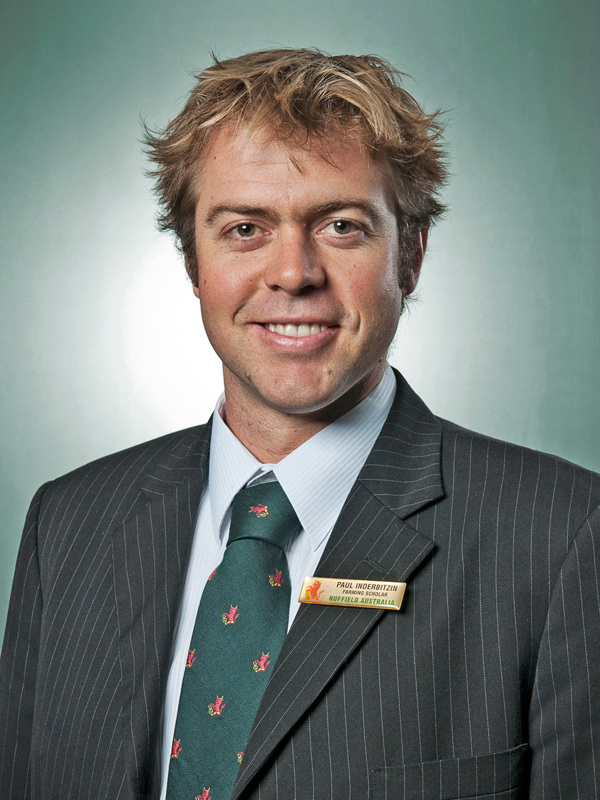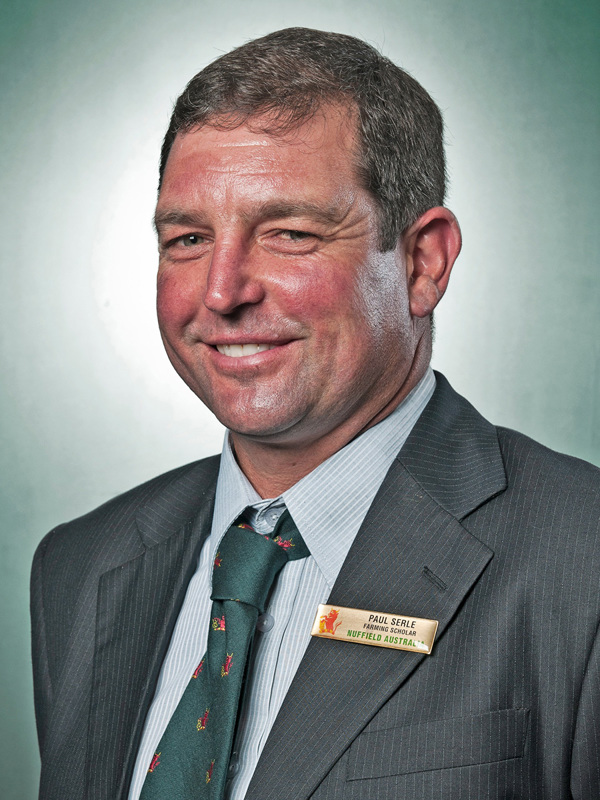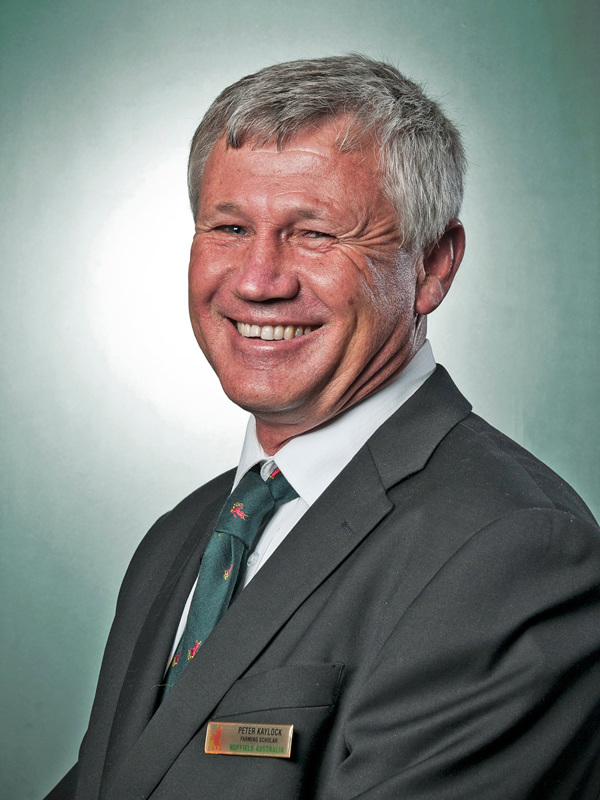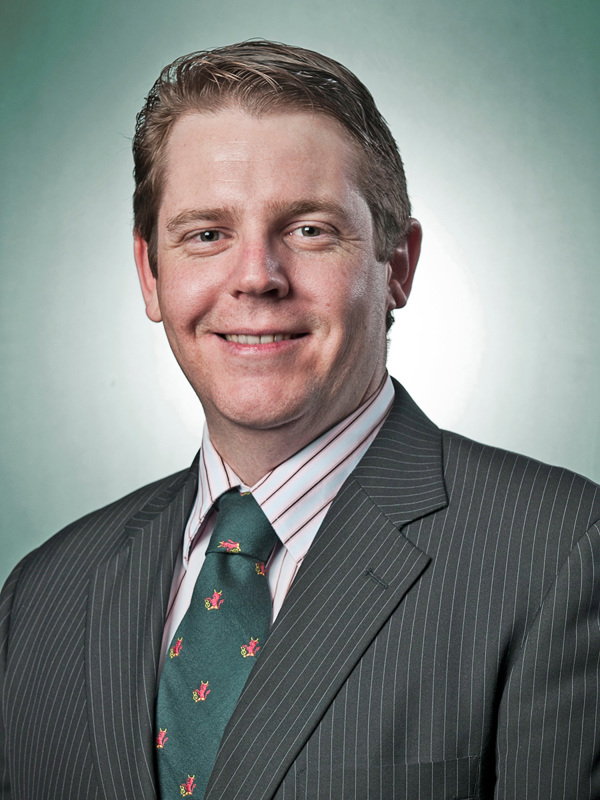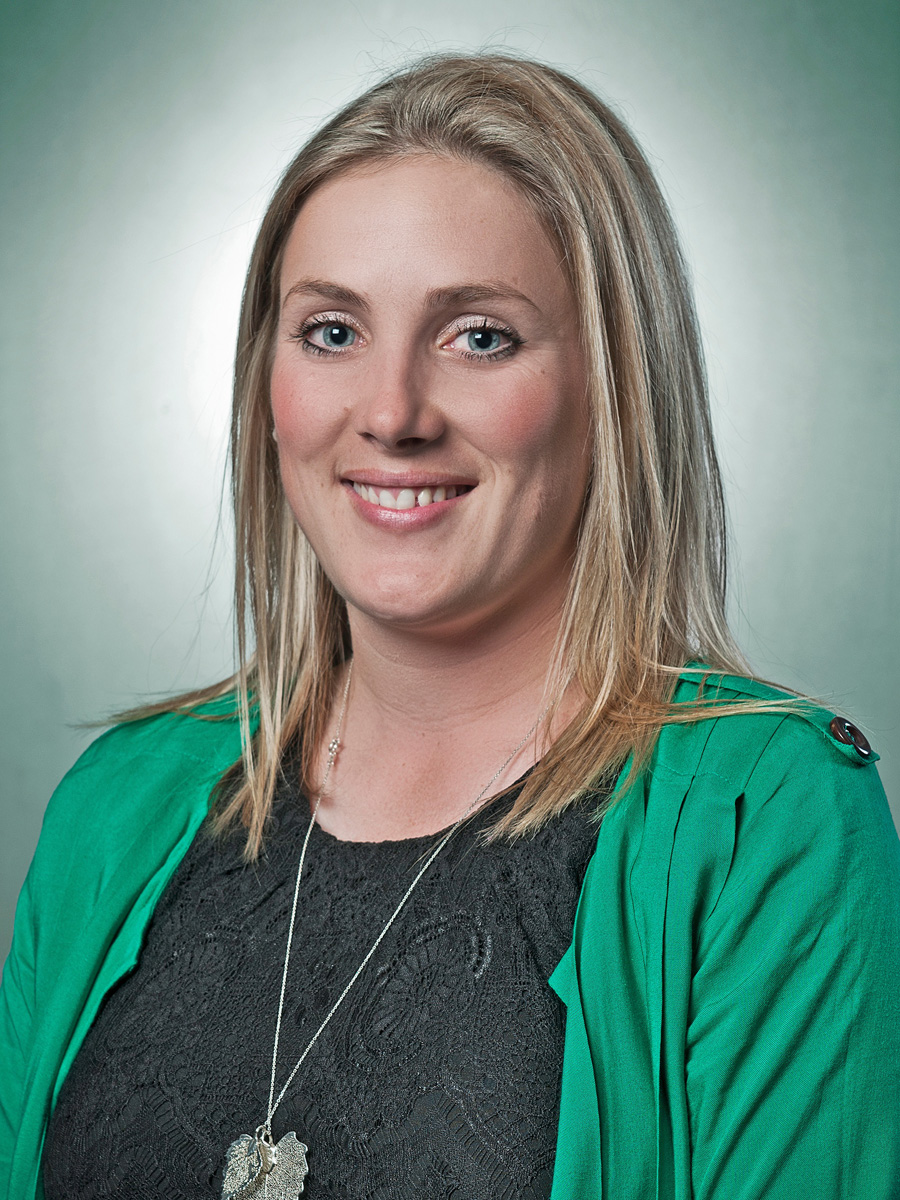
Carly Bussenschutt

South Australian prime lamb producer Carly Bussenschutt believes Australian sheep producers have some way to go to maximize the reproductive potential of their livestock. However, the Kangaroo Island farmer says there is plenty of upside for the Australian industry, with big profitability increases there for the taking.
“As Australian sheep farmers we’re probably not doing a particularly great job of optimizing the reproductive potential of our flocks – we’ve got high reproductive wastage and quite low lamb survival rates in a lot of areas of Australia. We’re losing a lot of money and so as a prime lamb producer I could probably increase my profitability by 25% by addressing this issue."
Carly used her scholarship to conduct research in the major sheep producing countries in the world, from the UK, to South America and New Zealand. The key learning from her discussions in particularly the UK and New Zealand revolved around nutrition.
“What I learnt in those countries was essentially the importance of ewe nutrition, particularly leading into joining, as well as the role of maternal composite ewes in a self-replacing system. Their sheep are just much better fed – it’s so easy to feed your ewes to requirement when you’ve got 9-12 months worth of green feed. Given that, I guess as Australian sheep producers we’re not doing too bad a job, we’ve certainly got a way to go, but it was encouraging to see how innovative Australian farmers are already. I went to Chile and Uruguay in South America because they’re a bit of an up and coming sheep producing region, and I guess we’re all competing for the same export markets. While it was very interesting, they’ve got a long way to go in terms of their sheep production systems and are nowhere near as advanced as Australia, so it was reassuring to see that in a way,” she explains.
“For Australian farmers, the number one priority is about feeding your ewes, it really is all about nutrition, there’s no silver bullet when it comes to that – it’s something that farmers need to address and they need to invest in to get results. There’s also scope for genetic selection for better mothers and probably for ewes that are better able to retain their body fat and so are more efficient and cheaper to run. The reality is the sheep that are making the most money for farmers are the sheep that are having more than one lamb, and they are the ewes that are normally neglected in a lot of Australian sheep systems. So it’s about looking after those twin-bearing ewes and feeding them appropriately and I guess in the background we can work on the genetic maternal ability that sheep have – some mothers are better than others and through a self-replacing flock we can keep those good mothers and move our flocks forward.
